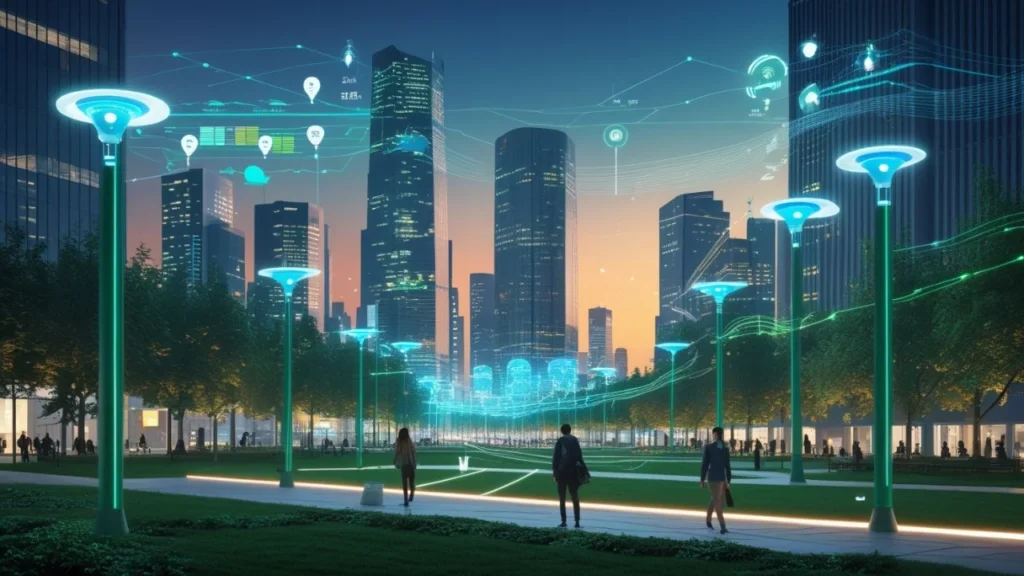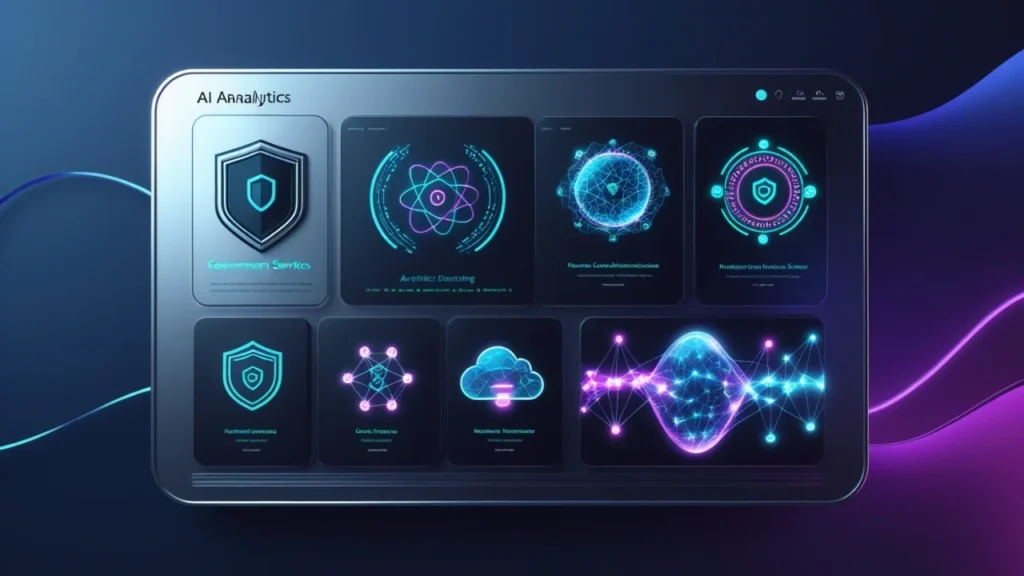Digital transformation is reshaping industries across the globe, and the public sector is no exception. From improving citizen services to optimizing internal workflows, government agencies are leveraging innovative technologies to create smarter, more responsive institutions. However, navigating this complex journey requires strategic planning and expert guidance.
At its core, digital transformation involves integrating digital technologies into all areas of an organization. For government agencies, this means adopting cloud computing, IoT devices, and AI-powered analytics to modernize outdated systems and improve service delivery. A premier provider of managed services plays a pivotal role in this process, offering tailored solutions that address specific pain points and drive measurable outcomes.
One notable example of successful digital transformation is the implementation of e-governance platforms. These platforms enable citizens to access vital services online, reducing administrative burdens and enhancing transparency. Similarly, smart city initiatives powered by IoT sensors and AI algorithms improve urban planning, traffic management, and energy efficiency.
However, transitioning to a fully digital ecosystem comes with challenges. Legacy systems often pose compatibility issues, while budget constraints may limit the scope of new implementations. This is where professional staffing services prove invaluable. By connecting agencies with skilled IT professionals, these services ensure smooth project execution without compromising quality or timelines.
Ultimately, digital transformation is not just about adopting new technologies—it’s about fostering a culture of innovation and adaptability. By partnering with experienced providers of IT solutions and managed services, government agencies can bridge the gap between vision and reality, paving the way for a brighter, more connected future.


